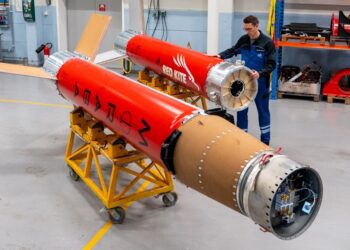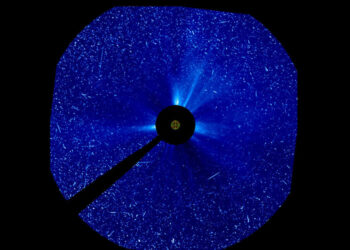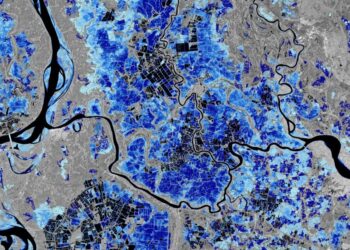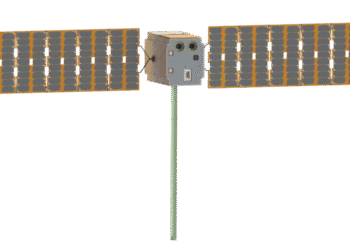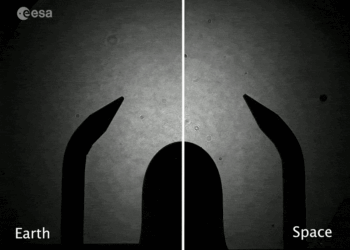NASA has completed critical deployment tests for the Nancy Grace Roman Space Telescope, verifying the operation of its solar arrays and a visor-like deployable aperture cover ahead of launch. Conducted Aug. 7–8 in simulated space-like conditions, the assessments confirmed both systems function as designed when stowed for launch and unfolded in sequence, an essential step toward on-orbit readiness.
Successful deployment tests in simulated conditions
Engineers executed tightly controlled sequences to validate the hardware and mechanisms that will unfurl after Roman reaches space. The two-day campaign focused on power generation and thermal/light management elements that are central to the observatory’s early commissioning timeline.
Key test details
- Four outer solar panels were deployed one at a time on Aug. 7.
- Each panel unfolded over approximately 30 seconds, with 30-second pauses between deployments to confirm intermediate states and telemetry.
- The visor-like deployable aperture cover was evaluated in a separate test on Aug. 8.
- Data indicated nominal operation across the deployment sequences under simulated space-like conditions.
Why these deployments matter
Roman’s solar arrays are designed to provide stable electrical power for the spacecraft and instruments, while the deployable aperture cover acts as a sunshade to help manage stray light and thermal conditions for sensitive observations. Verifying these mechanisms on the ground reduces on-orbit risk, supports a predictable commissioning flow, and helps safeguard mission timelines for initial science operations.
Schedule and next steps
Roman remains slated to launch no later than May 2027, with the team working toward a potential early launch window as soon as fall 2026. The successful results from these deployment tests feed into the broader readiness campaign to validate observatory systems prior to delivery for launch integration.
About the Roman mission
The Nancy Grace Roman Space Telescope is designed to conduct wide-field infrared surveys to advance understanding of dark energy, map large-scale cosmic structure, and expand the census of exoplanets. Its wide-field observations will complement other flagship missions by rapidly covering broad areas of the sky with high sensitivity.
For more details, see NASA’s update: Roman Space Telescope Solar Panels and Visor Deployment Tests.



